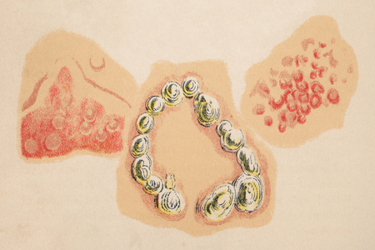Development Of An IL-31-Induced Pruritus Model In Cynomolgus Monkeys
By J Forget and T Rogers

Itching and scratching serve as important protective mechanisms against various skin threats, with pruritus being a severe itching condition commonly associated with skin disorders like atopic dermatitis (AD) and psoriasis. Recent clinical trials have shown significant improvement in pruritus in AD patients after administration of an anti-Interleukin-31 (IL-31) receptor antibody. To evaluate therapies for pruritic skin diseases, a cynomolgus monkey model was developed using IL-31 pruritus. Cynomolgus monkeys were administered subcutaneous (SC), intradermal (ID), or intravenous (IV) injections of cIL-31, ranging from 0.3 to 24 µg/kg.
Pharmacological activity was monitored by observing the number of scratching and self-grooming events over a 24-hour period. ID injections of cIL-31 in doses of 6, 12, 19.5, and 24 µg/kg resulted in a significant, robust pharmacological response, with a 3- to 6-fold increase in activity from baseline, peaking between 0.5 and 1.5 hours post-dose and returning to baseline levels by 24 hours. The IV route produced a comparable scratching response to the highest ID doses tested but with smaller doses (0.3 to 1 µg/kg), while the SC route provided the least useful data. These results suggest that ID or IV injections of cIL-31 in cynomolgus monkeys offer a reliable and effective model for further research into treatments for atopic dermatitis and other pruritic skin diseases.
Get unlimited access to:
Enter your credentials below to log in. Not yet a member of Drug Discovery Online? Subscribe today.
